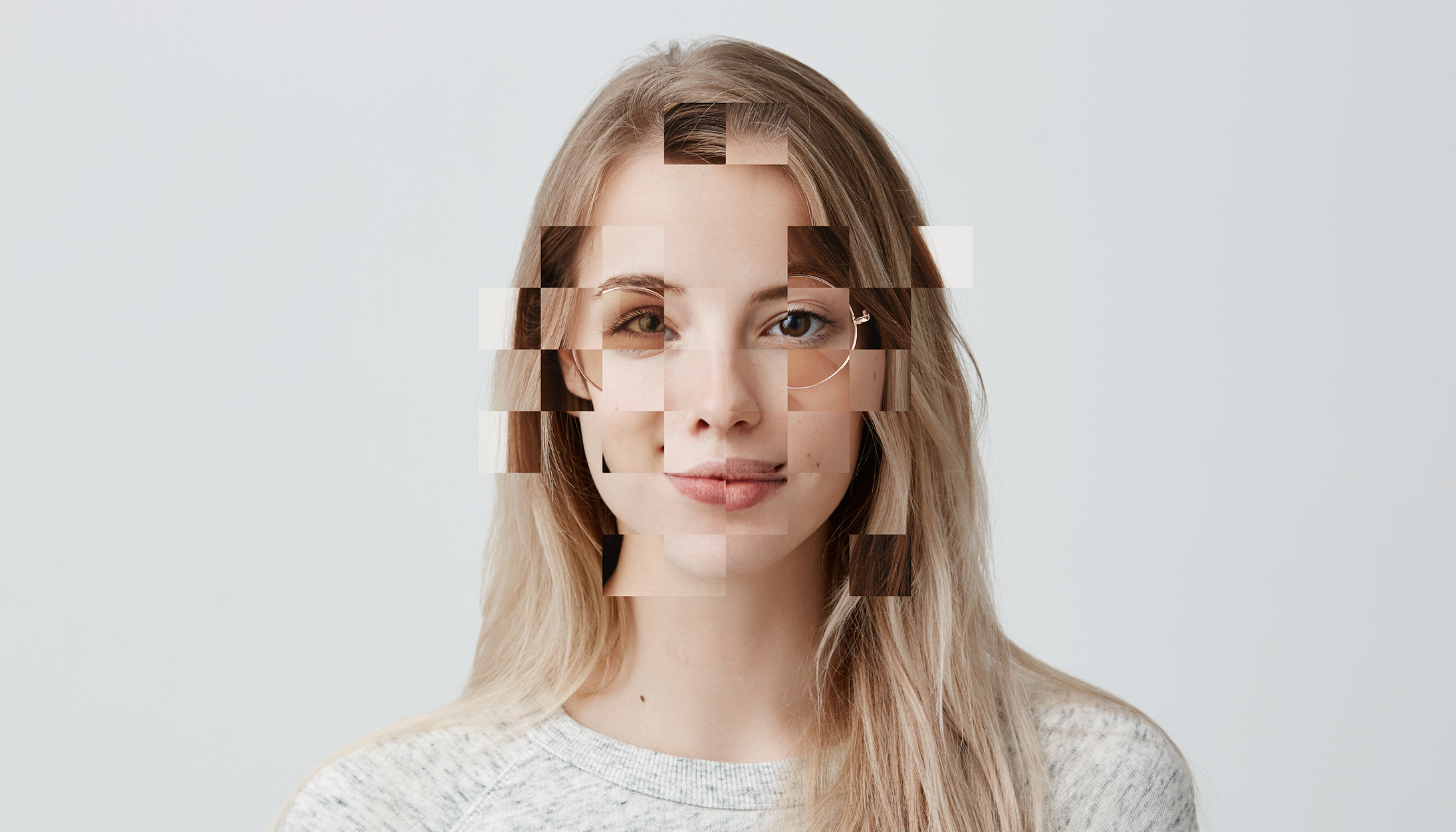- In this article, we’ll explore the importance of facial liveness technology in online identity verification, a crucial defence against growing identity fraud in the digital age.
The exponential advance of the digital world brings with it an increase in the sophistication of digital identity fraud, increasing the risk of presentation attacks (any attempt to circumvent facial recognition systems by presenting false, altered or synthetic facial images or videos). As the Javelin Strategy & Research study indicates , total losses from identity fraud over the last year amounted to $43 billion in the United States alone.
To combat fraudulent attacks, advanced technologies such as liveness (proof of life) detection have been developed. This authentication technique verifies the genuine presence of the user to be authenticated, avoiding false presentations like photographs or masks.
Highly regulated environment of online identity verification
The critical nature of financial transactions demands a high level of security that Facephi considers to be its core standard, as it operates within a highly regulated environment at both the European and international levels.
European regulations, such as the Payment Services Directive 2 (PSD2) and the eIDAS Regulation, impose rigorous security measures, including multi-factor authentication (MFA). In addition, protocols like Know Your Customer (KYC) and Anti-Money Laundering (AML) establish clear guidelines to verify identity and prevent illicit activities. Compliance with these regulations and protocols is not only a priority for Facephi, but also the foundation for building trusted identity verification technology.
Real-time liveness detection, how does it work?
At Facephi we work, among other mechanisms, with the passive life test, one of the most common methods in biometric technology used to verify if the user is genuine and present at the time of the identification or authentication process. This method is leveraged as a security tool to ward against various kinds of fraud including presentation attacks (PADs) and identity theft. The detection of presentation attacks, such as images on screen or printed on paper and the creation of masks, is addressed through passive liveness (a very complex combination of different techniques that seek to verify that the face presented is not an image printed on paper or an image presented on the screen of the mobile device) determining that it is a genuine user and that the person is who they say they are.
Identity verification involves two crucial processes that ensure complete validation. First, the authenticity of government identity documents is assessed by capturing images or using NFC technology on mobile devices. The user’s identity is then verified through selfies or videos using passive liveness detection to confirm authenticity and prevent presentation attacks. This process includes biometric comparison with data extracted from the document.
Key steps in our solution:
1. Document Image Capture:
Through innovative techniques, the quality and authenticity of the images on identity documents are guaranteed.
2. Document Evaluation:
Automated methods are used to ensure the authenticity of government documents.
3. Document Data Extraction:
OCR and NFC chip reading technology enables accurate extraction of information.
4. Selfie and PAD Capture:
Advanced liveness technologies are implemented to verify user authenticity, thus preventing presentation attacks.
5. Facial Comparison:
Biometric comparison ensures an accurate match between the photo on the document and the extracted data, ensuring comprehensive validation.
Liveness-based facial recognition systems
Passive liveness in the authentication processes verifies that users and interactions are genuine, reducing fraud and securing user interactions.
At Facephi, we ensure the effectiveness of our technology in the onboarding and authentication processes, prioritising security, regulatory compliance (ISO 30107-3, NIST or iBeta) and user experience. With our passive liveness technology, we can reduce fraud by 99.9% and therefore solve the problem of identity theft.
To learn more about trusted biometric authentication and proof of passive life, click here.






